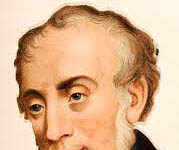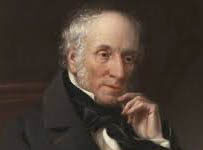16th-Century England
16th-Century England: Navigating Change and Challenges
Introduction
The 16th century in England was a period of profound transformation, marked by dynamic shifts in politics, religion, society, and culture. This century witnessed the reigns of Tudor monarchs, including Henry VIII, Edward VI, Mary I, and Elizabeth I, each leaving an indelible mark on the nation’s history.
Tudor Monarchs and Political Dynamics
Henry VIII and the Tudor Dynasty
The century began with the formidable reign of Henry VII, founder of the Tudor dynasty, and continued with his son Henry VIII. Henry VIII’s reign was notable for its political intrigue, consolidation of power, and the separation of the Church of England from the Roman Catholic Church.
Dissolution of the Monasteries
One of the most significant acts during Henry VIII’s reign was the Dissolution of the Monasteries (1536-1541), where monastic properties were seized, leading to widespread social and religious changes.
Religious Turmoil
Reformation and Religious Reforms
The 16th century was marked by the Protestant Reformation’s influence, challenging the authority of the Catholic Church. Henry VIII’s break with Rome and the establishment of the Church of England under his control reflected these religious shifts.
Mary I’s Counter-Reformation
Mary I, daughter of Henry VIII and Catherine of Aragon, attempted to restore Catholicism during her brief reign (1553-1558). Her efforts, known as the Counter-Reformation, involved persecutions and a return to Catholic practices.
Social and Economic Changes
Economic Transformations
The 16th century witnessed significant economic changes, including the rise of capitalism, the growth of trade and commerce, and the enclosure movement, which privatized common lands, impacting agrarian communities.
Social Stratification
Social hierarchies underwent shifts as the emerging merchant class gained prominence. The changing economic landscape influenced social structures and led to increased urbanization.
Elizabethan England: Cultural Flourishing
Elizabeth I’s Reign
The latter half of the 16th century, particularly under Elizabeth I (1558-1603), is often referred to as the Elizabethan era. This period witnessed a cultural renaissance with flourishing literature, drama, and the arts.
Literature and Drama
William Shakespeare, Christopher Marlowe, and Ben Jonson were among the prominent literary figures of the time, contributing to the richness of English literature with timeless plays and poetry.
Exploration and Overseas Expansion
Maritime Ventures
The 16th century saw England’s emergence as a maritime power. Explorers like Sir Walter Raleigh and Sir Francis Drake undertook voyages that paved the way for the establishment of overseas colonies.
The Roanoke Colony
In 1585, Sir Walter Raleigh attempted to establish the Roanoke Colony in the Americas, marking England’s initial foray into colonization. Though the colony ultimately failed, it set the stage for future colonial endeavors.
Conclusion
In conclusion, 16th-century England was a period of multifaceted changes, ranging from political and religious upheavals to economic transformations and cultural blossoming. The dynamics of this century laid the groundwork for the subsequent evolution of England into a major European power and influenced the nation’s identity in profound ways. 0 0 0.
16th-Century England
N.B. The article ’16th-Century England’ originally belongs to the book entitled ‘Essays on Shakespeare and His Time‘ by Menonim Menonimus.
You May Like:
- Reviews on Shakespeare’s Works
- Shakespeare’s Sister-An Analytical Study
Additional Searches:











